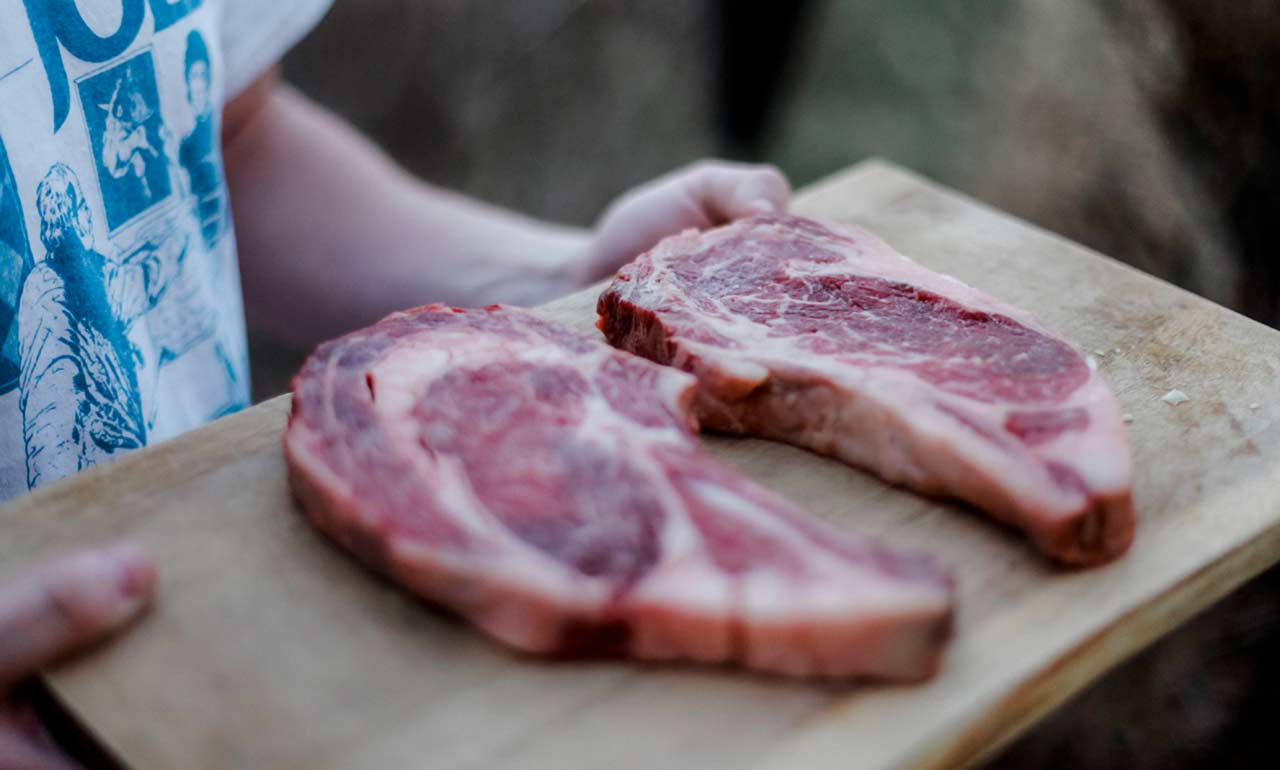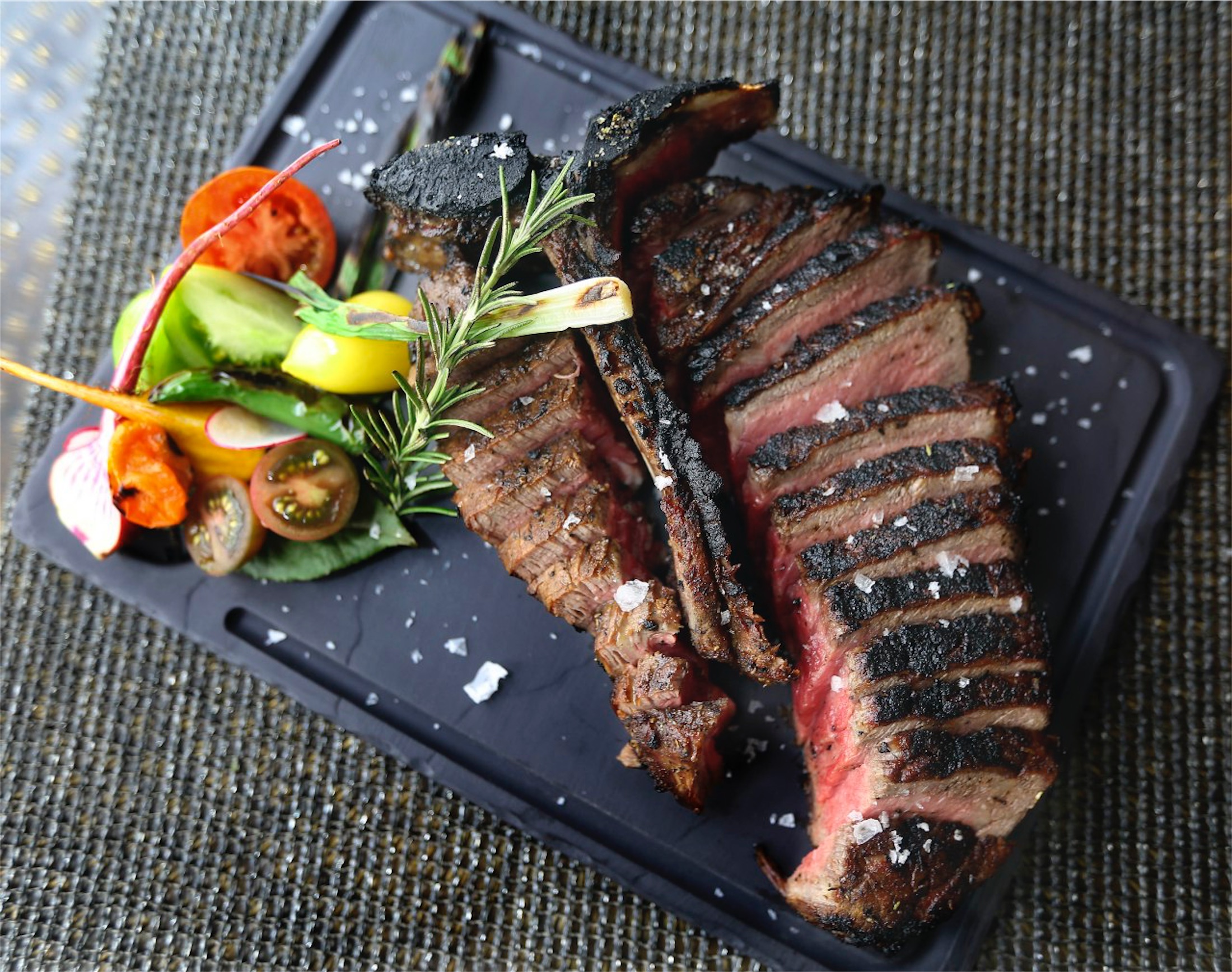This local meat market offers fresh, locally-sourced meats for all your needs.
This local meat market offers fresh, locally-sourced meats for all your needs.
Blog Article
Just How to Select the Perfect Cut of Meat From a Trusted Meat Market
Choosing the perfect cut of meat from a trusted meat market calls for a thoughtful approach that balances high quality, cooking objective, and budget plan. Comprehending the different types of meat and their particular cuts is crucial, as is engaging with your butcher to gain understandings right into sourcing and prep work.
Comprehending Meat Cuts


As an example, the tenderloin is prized for its buttery appearance and very little connective tissue, making it suitable for quick food preparation techniques such as grilling or pan-searing. In comparison, tougher cuts like the brisket or shank take advantage of slow-moving cooking strategies to break down collagen, generating rich and savory results.
In addition, the fat material of a cut plays a vital role in flavor account and wetness retention throughout cooking. Cuts with greater fat content, such as ribeye, supply a more durable flavor, while leaner choices, like sirloin, might require careful prep work to prevent dry skin (bagley meat market edwardsville il). Comprehending these nuances permits informed options that boost culinary developments, ensuring that each recipe showcases the very best high qualities of the picked meat
Elements to Take Into Consideration
When selecting the best cut of meat, a number of crucial aspects come right into play that can considerably influence the final meal. Take into consideration the type of meat you desire-- beef, pork, lamb, or chicken-- as each deals one-of-a-kind flavors and structures. The certain cut within that group is equally essential; for example, ribeye provides abundant marbling, while tenderloin provides a lean, buttery texture.
Another element is the cooking technique you prepare to use. Cuts suitable for barbecuing, such as T-bones or sirloins, vary from those better suited for sluggish cooking, like chuck roasts or shanks. In addition, freshness is vital; always select meat with a dynamic shade and company structure, indicating high quality and appropriate handling.
Furthermore, think about the source of the meat. A trusted meat market typically offers locally sourced, hormone-free, and grass-fed alternatives, which can boost taste and nutritional value. Your budget will certainly lead your option. Premium cuts may offer extraordinary taste, however there are additionally cost-effective alternatives that, when prepared properly, can generate delicious outcomes. Balancing these elements will aid you select the perfect cut for additional info your cooking requirements.
Concerns to Ask Your Butcher
A butcher's experience can be indispensable when picking the perfect cut of meat for your cooking endeavors. Begin by making inquiries about the resource of the meat.
Following, inquire about the different cuts available for the sort of meat you like. An experienced butcher will certainly explain the nuances of each cut, aiding you choose one that matches your cooking technique and wanted outcome. Don't think twice to make inquiries regarding the finest food preparation strategies for a particular cut; butchers usually have tips that can enhance your recipe.
It's also prudent to inquire about the meat's quality. Ask about the distribution timetable and how usually the meat is replenished. This will certainly offer you self-confidence in the quality of what you are purchasing. Lastly, request referrals based upon your individual preference choices. A good butcher will certainly be anxious to share their competence and recommend cuts that will certainly thrill your taste. Involving your butcher with these inquiries can dramatically boost your meat option experience.
Acknowledging Quality Meat

Structure is an additional critical variable; high quality meat ought to feel solid original site and somewhat resilient to the touch. Stay clear of any kind of cuts that feel slimy or excessively dry, as these can indicate putridity or incorrect storage space. In addition, smell plays a crucial function; fresh meat must have a tidy, neutral fragrance, while any type of off-putting or sour smells are red flags.
Lastly, consider the source. Acquiring from a reliable meat market, where the meat's origin is known, can make sure greater top quality criteria. By concentrating on these indications-- shade, marbling, structure, scent, and source-- you can confidently select cuts that will elevate your food preparation and eating experience.
Food Preparation Approaches for Each Cut
Selecting the right food preparation technique is vital for making the most of the flavor and tenderness of each cut of meat. Various cuts have distinct characteristics that determine one of the most appropriate cooking methods.
For tender cuts, such as filet mignon or ribeye, completely dry heat techniques like cooking, broiling, or pan-searing are optimal. These strategies boost the natural tastes while ensuring a juicy, succulent structure. Alternatively, tougher cuts, such as chuck or brisket, gain from moist warm approaches, consisting of braising or slow food preparation. These strategies help damage down connective tissues, causing a tender, tasty meal.
Pork chops and poultry busts are versatile look at here now and can be cooked using both dry and wet approaches. While cooking or roasting can produce scrumptious results, poaching or sautéing can maintain wetness and tenderness. For lamb, techniques like toasting or braising are suggested, as they match the meat's robust flavor.

Conclusion
In verdict, choosing the optimal cut of meat from a reliable meat market demands a detailed understanding of meat cuts and consideration of different factors, consisting of source, quality, and food preparation techniques. Involving with the butcher through targeted questions can yield valuable understandings and recommendations tailored to details culinary demands. Prioritizing both top quality and budget plan will certainly improve the total gastronomic experience, guaranteeing that the chosen cut satisfies assumptions in both flavor and prep work.
Report this page